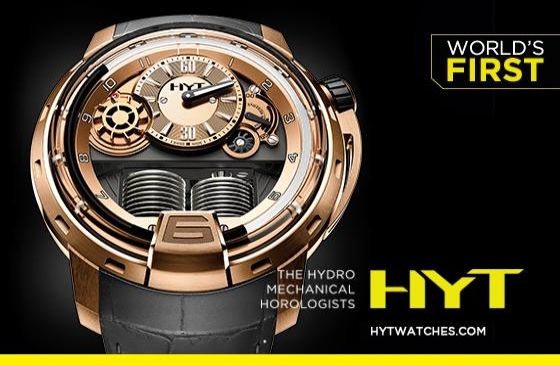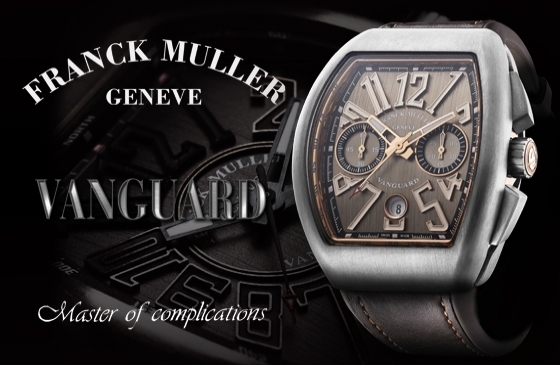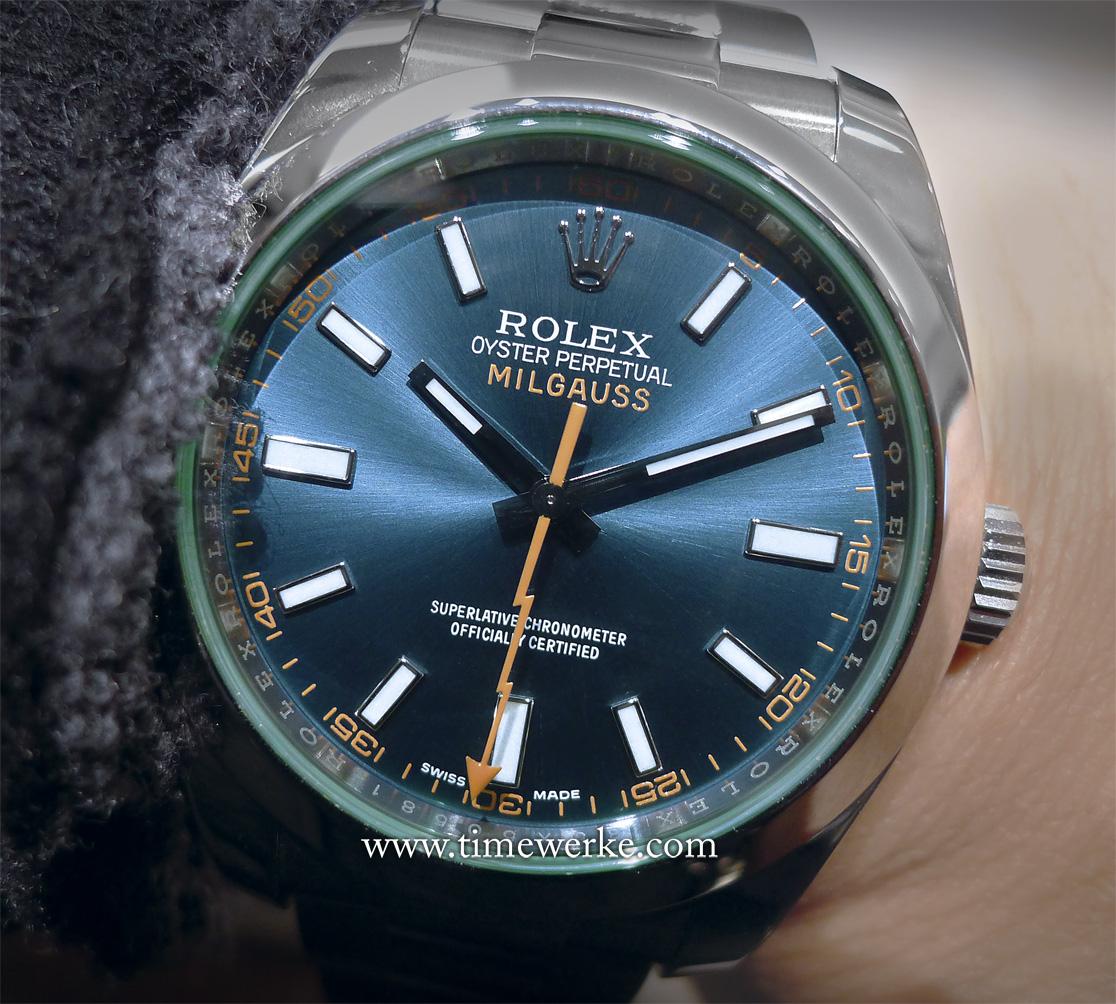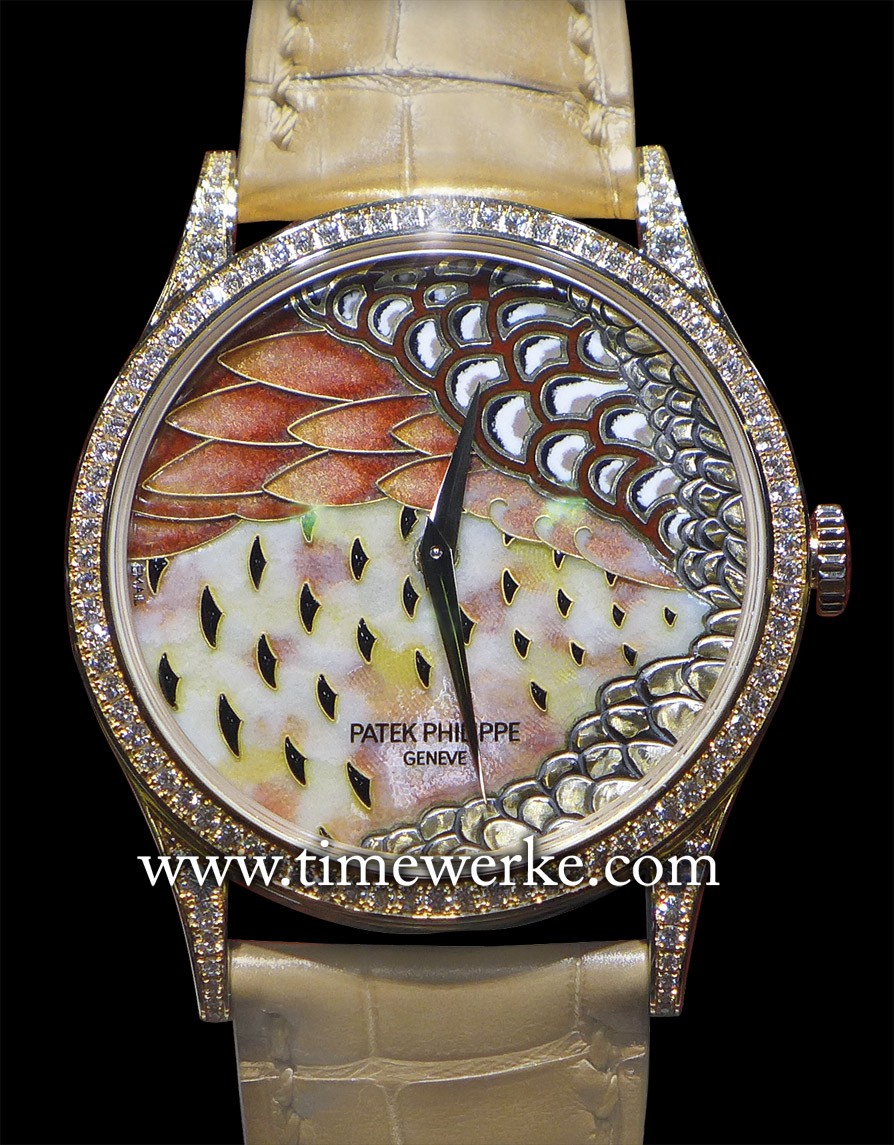
Patek Philippe “Common Pheasant” Ref. 5077/100R-014. This limited edition rose gold piece houses the Calibre 240 ultra-thin automatic movement and its yellow gold dial is decorated using champlevé and cloisonné enamel on a hand-guilloched background with hand-engraved feathers on top. The bezel and lugs are set with 113 diamonds (approx. 0.8 carats) and the prong buckle has 29 diamonds (approx. 0.22 carats). Photo: © TANG Portfolio. Timmy / Elfa. Photo taken with a Leica D-Lux 5
Patek Philippe has been supporting Singapore’s Esplanade – Theatres by the Bay since 2003 as one of its arts benefactors. This explains why, as part of its 175th anniversary celebrations in 2014, Patek Philippe was presenter for the performance “Principal Conductor Valery Gergiev with London Symphony Orchestra” in November 2014.
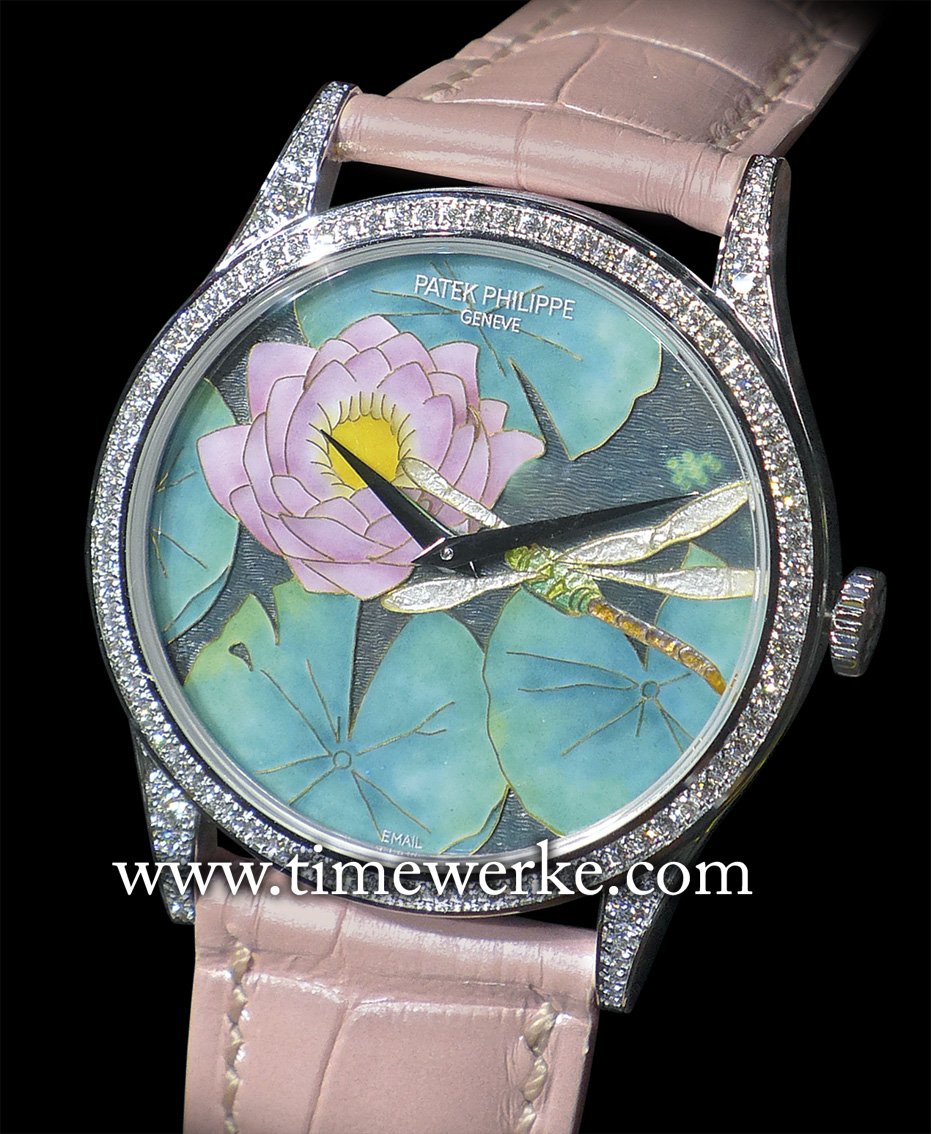
Patek Philippe “Water Lilies and Dragonfly” Ref. 5077/100R-015 limited edition in white gold. The white gold dial is decorated with water lilies in cloisonné enamel on a hand-engraved background with the inclusion of a silver leaf. The bezel and lugs are set with 113 diamonds (approx. 0.8 carats) and the prong buckle has 29 diamonds (approx. 0.22 carats). Photo: © TANG Portfolio. Timmy / Elfa. Photo taken with a Leica D-Lux 5
During the event, Patek Philippe also presented some of its collections to its valued clients and these included beautiful limited edition handcrafted pieces featuring champlevé and cloisonné enamel work on the dials. Examples include the Calatrava “Feathers” like the “Common Pheasant” and “Water Lilies”.
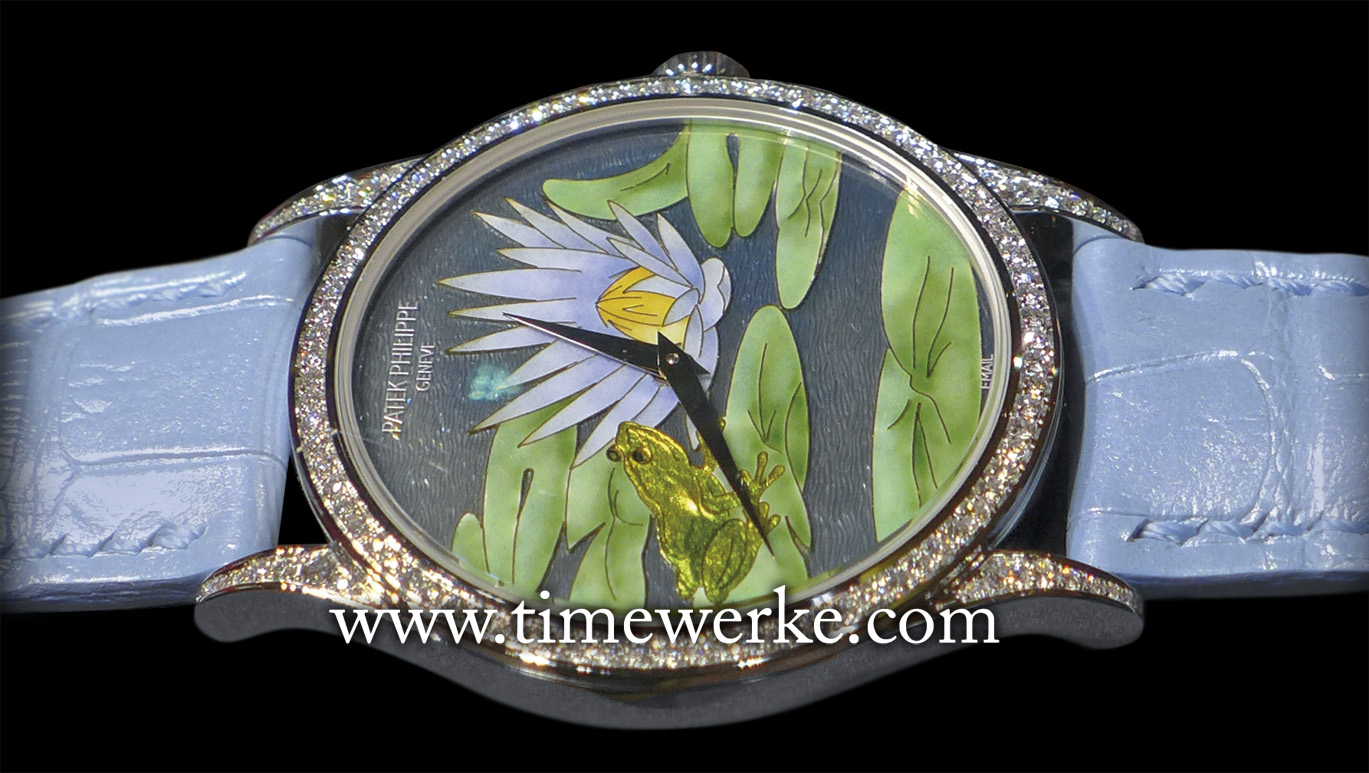
Patek Philippe “Water Lilies and Frog” Ref. 5077/100R-012 limited edition in white gold. The white gold dial is decorated with water lilies in cloisonné enamel on a hand-engraved background with the inclusion of a gold leaf. The bezel and lugs are set with 113 diamonds (approx. 0.8 carats) and the prong buckle has 29 diamonds (approx. 0.22 carats). Photo: © TANG Portfolio. Timmy / Elfa. Photo taken with a Leica D-Lux 5
What is the link between such performances and Patek Philippe? “… we have a common shared commitment to continue to nurture the arts, preserve artistic tradition and to inspire and evoke a love for the arts in the next generation,” explains Deepa Chatrath, general manager South East Asia, Patek Philippe.
Indeed, the timepieces highlighted requires serious handcrafted work and it requires years of training and experience for these artisans to attain such a high level of beauty found in these artistic dials.
Such craftsmanship should be retained and these skills must be passed down for future generations to continue enjoying the true spirit of human creativity and artistry.




